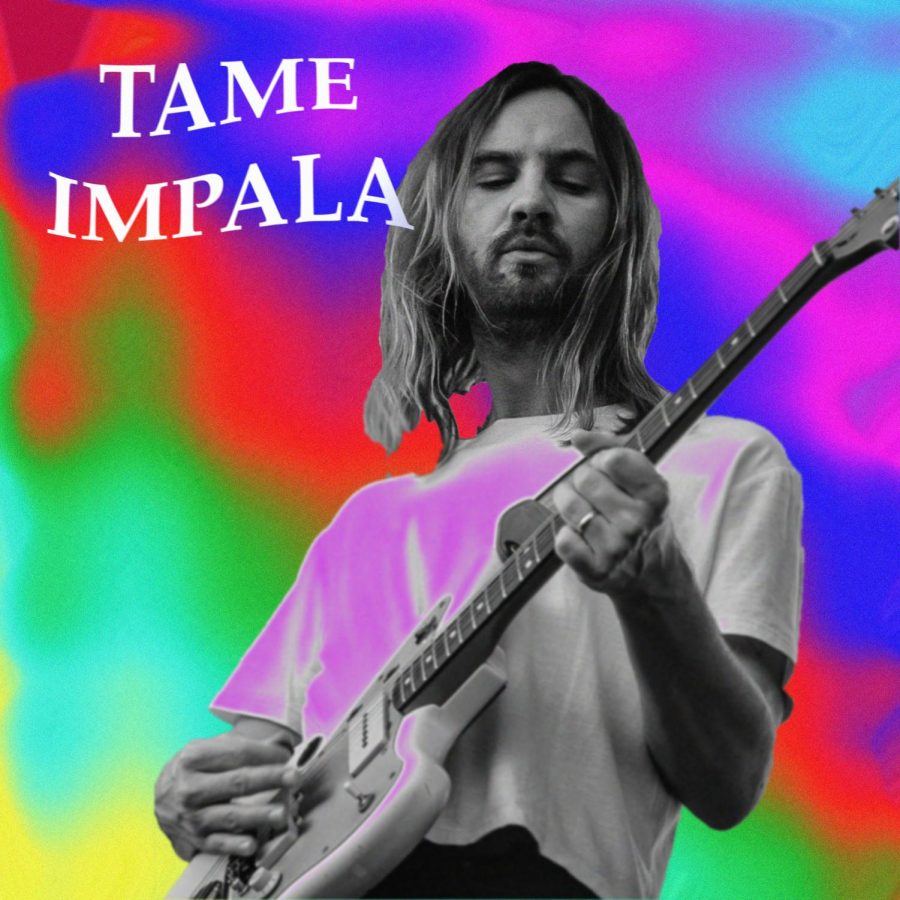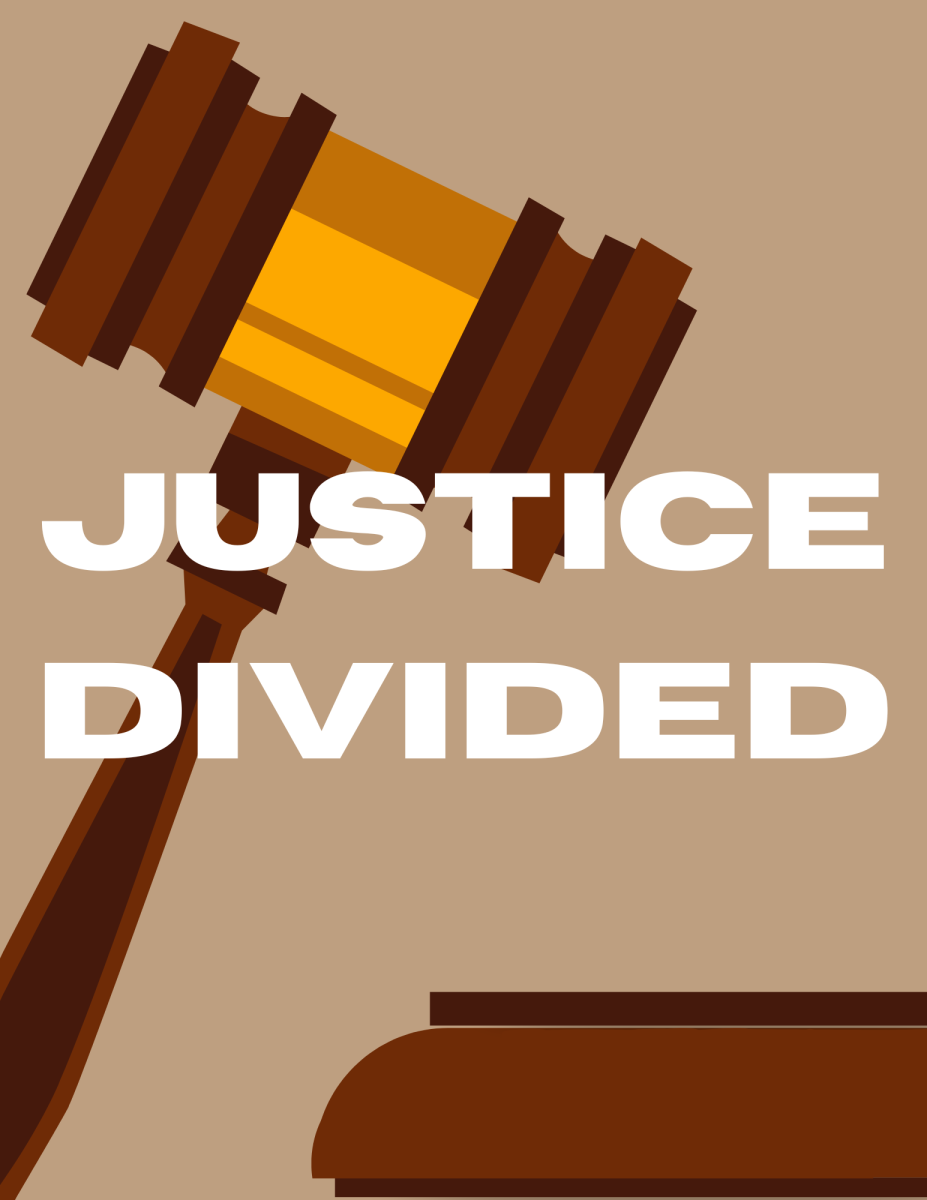Review: Tame Impala shines and falters on his latest record — ‘The Slow Rush’
February 28, 2020
On Feb. 14, Tame Impala, a music project led by Australian musician Kevin Parker, released their fourth studio album, “The Slow Rush.” Initially preceded by the singles “Patience” and “Borderline” last year, the release was highly anticipated by fans and critics alike. It follows the album “Currents” from 2015 and prominent collaborations with artists such as Travis Scott and the band Pond.
Before “The Slow Rush” was released earlier this month, four official singles were released: “Borderline” (which was later altered for the album), “It Might Be Time,” “Posthumous Forgiveness” and “Lost in Yesterday.” Overall, I thought they were good tracks and definitely increased my excitement for the record.
Going into the album with “One More Year,” it was hard to tell what sounds Parker was trying to embody, almost like he was just throwing different styles at the wall. Gated talkbox vocals fade in and poorly mesh with an uninteresting pulsating drum loop, eventually leading to a reverb-laden 90s-piano-hit breakdown with bongos, synth chirps and all. It’s not the best first impression, but still fruitful in ambition.
In a surprising twist, the next track, “Instant Destiny,” strikes open with brilliant synth chords and a fantastic chorus. Talking to a lover, Parker swoons about “wanting to do something crazy” to mark their time together. The song has a few interesting flourishes, such as the brief xylophone portion during the second verse and the heavy synth arp that comes up near the end.
Unfortunately, a lot of the qualities of this track don’t carry over on the rest of the album. Overall, there was a lack of variation in sound, especially compared to the project’s earlier work, such as the albums “Lonerism” and “Currents.” The yacht-rock jam, “Borderline,” enters with a catchy melody, but doesn’t really build up on it. It also shows another issue with the album: poor song structure. Instead of building off the unique characteristics of a track, it simply repeats them until it’s stale and less interesting than before.
Regardless of my criticism, I did find a lot of good ideas on the record. “Is It True” and “It Might Be Time” are definitely favorites of mine. The former track is great for how it effectively reincorporates elements from earlier without sounding obnoxious or repetitive. The pre-chorus is entertaining and gives a better understanding of what the track is about. One thing that makes a good Tame Impala track is perspective and this track definitely used it to its benefit.
Main points aside, the album did need a better atmosphere. Many of the instruments, especially the drums, were drowned out in filters and had too tight of a groove. This is very noticeable on the track “Tomorrow’s Dust” with it’s confusing snare pattern that takes up a chunk of the song. Another weak element was the unnecessary track preludes that served as interludes throughout the album. They were choppy and didn’t add anything to the record’s overall experience.
The most flagrant issues seem to pop up on the closing track, “One More Hour.” The vocals and reverb-heavy piano is mixed poorly against the heavily flanged drums and the wide-open bass. Many sections are begrudgingly long and leave smaller details like the synth arp and guitar on the second half of the track to drag on for longer than they should. Ultimately, it embodies a lot of the problems on the record, to a T.
Although not the most engrossing release from Tame Impala, it certainly brings a lot to the table regarding style and tone. If you like previous releases from the band, I’d definitely recommend this album to you. But if you haven’t heard of the project before and want more insight, I’d highly suggest listening to their older body of work.









